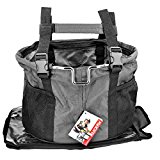Bike lock purchasing advice: how to choose the right product
- What You Need to Know
- No bicycle lock offers one hundred percent protection against theft, but high-quality models increase the security of your bike enormously.
- To make it particularly difficult for thieves, secure your bike with two different types of locks.
- When choosing a bicycle lock, it is important to weigh up security and convenience.
- High-quality U-locks offer the best theft protection, but they are very heavy and bulky.
- Folding and chain locks are a good compromise between security and flexibility. Frame and cable locks are not recommended as sole theft protection.
Making life difficult for thieves
Bicycles are an environmentally friendly and at the same time healthy means of transport. Unfortunately, the two-wheeled means of transport are also popular with thieves: in 2019, the police in Germany registered just under 280,000 cases of bicycle theft. Since by no means all thefts are reported to the police, the number of unreported cases is probably significantly higher. An overview of the Statista portal nevertheless shows that the number of bicycle thefts recorded by the police has declined in recent years. With just under 360,000 cases, there were around 80,000 more registered thefts in 2008 than in 2019. One reason for the decline may be the availability of better security options, which make it more difficult for thieves. So if you don’t want to get rid of your new bike right away, you should definitely invest in a good bike lock.
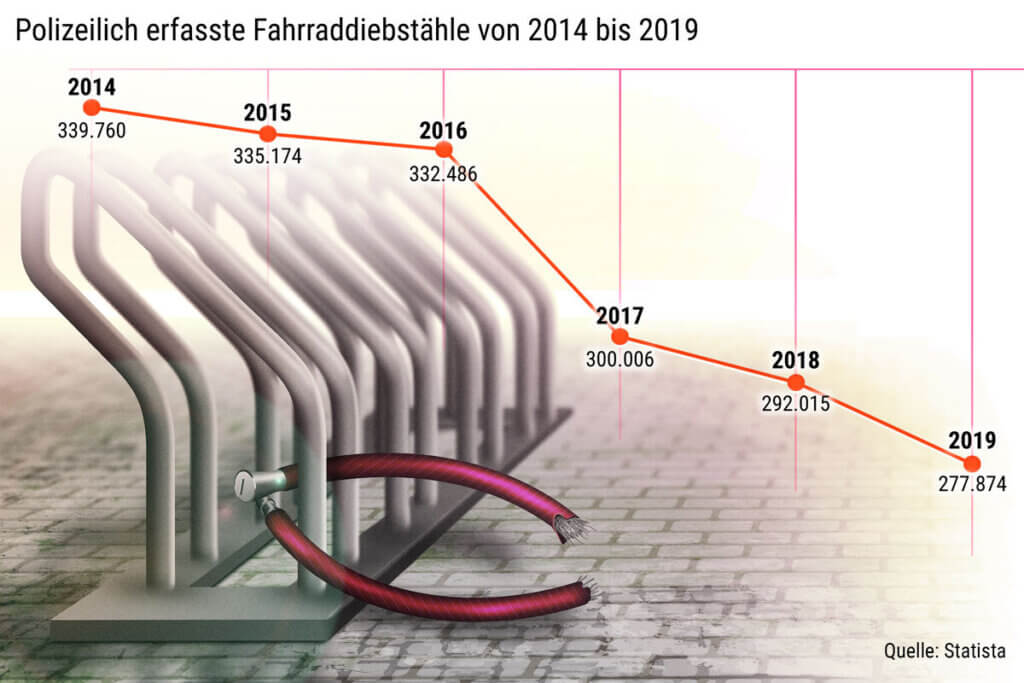
Deterrence and gain time
No bicycle lock offers one hundred percent theft protection – with enough time and the right tools, such as bolt cutters, even the most robust variant can be cracked. Nevertheless, high-quality models significantly increase the security of the bicycle. On the one hand, good bicycle locks already deter thieves, and on the other, they make it as difficult as possible for them to take the bike. The longer it takes to pick the lock, the higher the risk of being caught in the act. That’s why, according to a recommendation by the German Bicycle Club (ADFC), a bicycle lock should withstand forced entry attempts for at least three minutes. The ADFC also advises investing in two bicycle locks of different types, as bicycle thieves often specialize in one type.
Bicycle locks for different purposes
Bicycle locks can be divided into five different types according to their design. While high-quality U-locks, cable locks, chain locks and folding locks offer a high level of security, frame locks are not sufficient as sole protection, but are at best suitable as additional protection together with another lock type.
U-lock: The maximum in security
Shackle locks are the most secure type of lock, according to experts. They consist of two parts: a large, U-shaped metal shackle and a straight locking bolt into which the shackle is inserted. The two components are immovable and made of hardened steel, which makes them particularly robust and difficult to cut. The thicker the shackle, the more difficult it is to pick the lock.
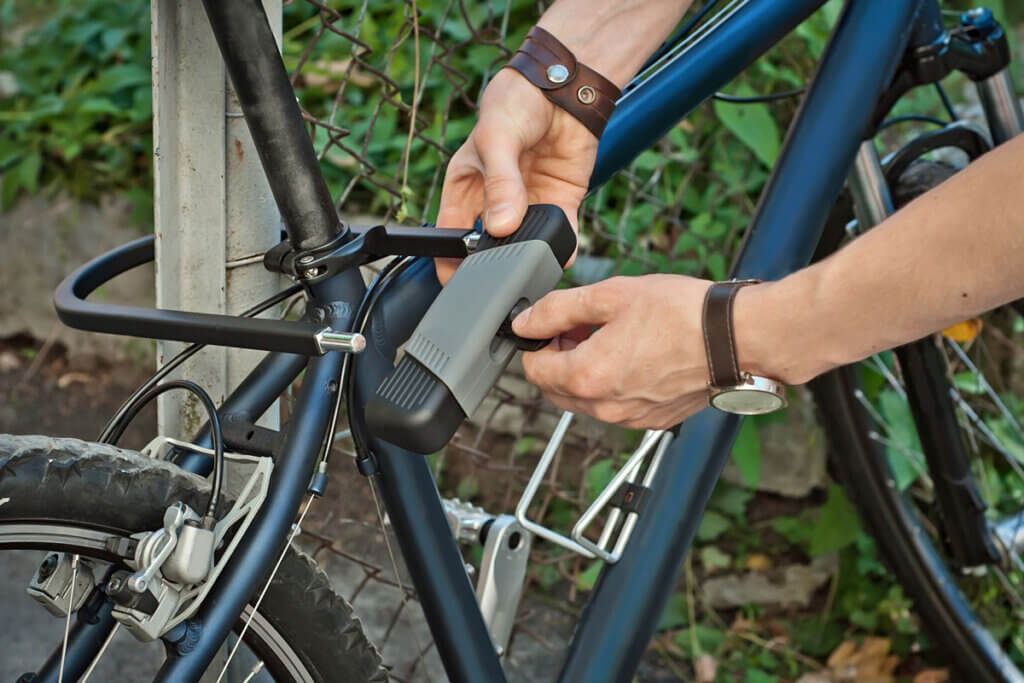
However, high-quality U-locks weighing around 1.5 to 3.0 kilograms are quite heavy, bulky and unwieldy. Transporting them over long distances is correspondingly tedious. Bike owners therefore have to weigh up convenience against security. For example, a heavy U-lock is not absolutely necessary for long bike rides where the bike is parked briefly in sight. On the other hand, it offers a high level of theft protection for long-term locking at the front door or in the basement, where there is a risk of burglary. Note that the shackle is inflexible, which makes it difficult to choose a suitable connection option. For example, many models are too small to use to connect the bike to a thick lamppost or a massive tree.
Chain lock: The flexible alternative
Chain locks consist of solid steel links that are usually coated with plastic or nylon to protect against rust. The thicker the chain links, the more security the locks offer. While thin chains with diameters of five or six millimeters can be cut through with bolt cutters within a few seconds, thick chain locks offer similarly reliable theft protection as U-locks. However, weighing up to 4.5 kilograms, they are even heavier than many U-locks.
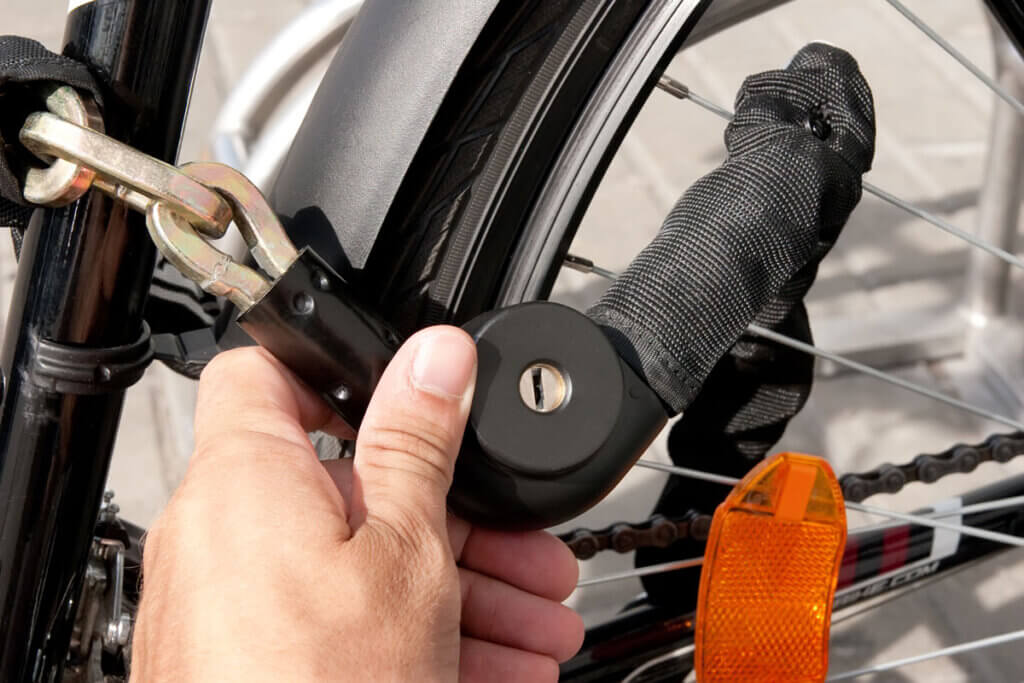
The big advantage of a chain over a U-lock is flexibility. Longer chain locks, for example, can be easily threaded through the bicycle frame as well as the front wheel and placed around a lamppost or used to lock several bicycles. In addition, you can fold the chain compactly for transport.
Folding lock: A good compromise between handy and secure
So-called folding locks consist of several parts made of hardened steel and connected by joints. This means they can be folded up and stowed in an included holder on the bike. They weigh between 0.7 and 2.0 kilograms, less than many U-locks. Thanks to sturdy, fairly wide links and joints, high-quality folding locks are difficult to pick. This is a good compromise between security and convenience.
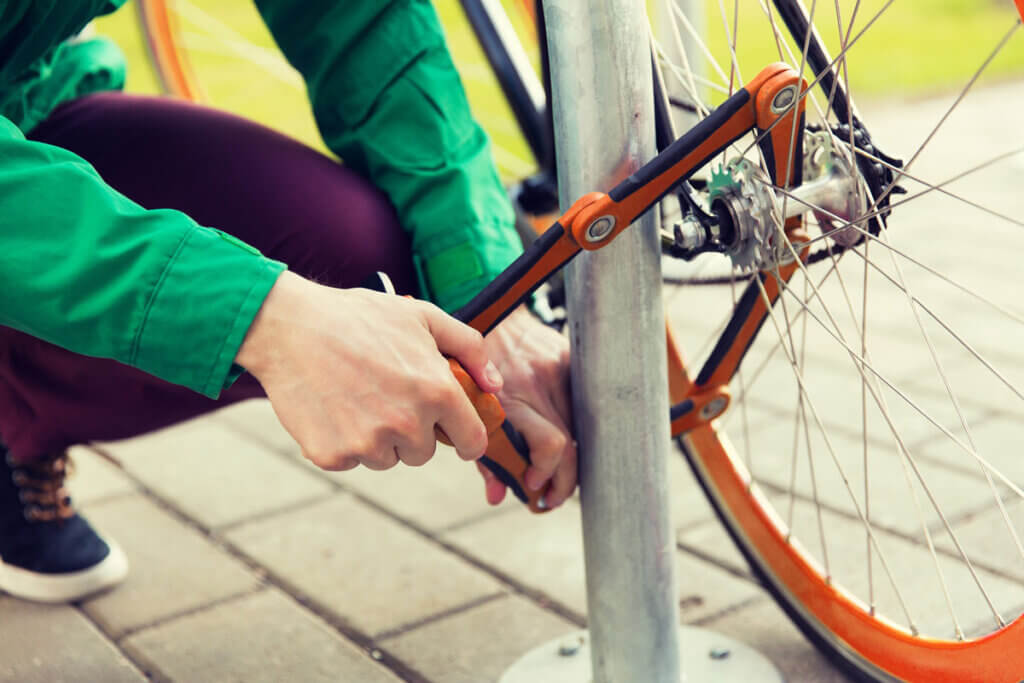
Folding locks are less bulky than U-locks, but not quite as flexible as chain or cable locks. However, with sufficiently long models, you can connect your bike well to wider objects. Folding locks, for example, are a good solution for commuting. You can conveniently carry the lock on your bike and lock your bike comparatively securely on site.
Cable lock: Flexible and lightweight, but less secure
Simple cable locks consist of braided steel cables with a rubber coating. They are flexible and lightweight, but also easy to break – a pair of side cutters can cut through them in a matter of seconds. Such models are sufficient, for example, to provide additional security for an old bicycle or another lock, or to lock the bicycle just before going to the bakery to fetch bread. However, they are unsuitable as sole, long-term theft protection. Armored cable locks, whose steel cables are sheathed in steel sleeves, offer greater security. They are much more difficult to cut than simple cable locks. Compared to high-quality U-locks, chain locks or folding locks, they are nevertheless easier to pick.
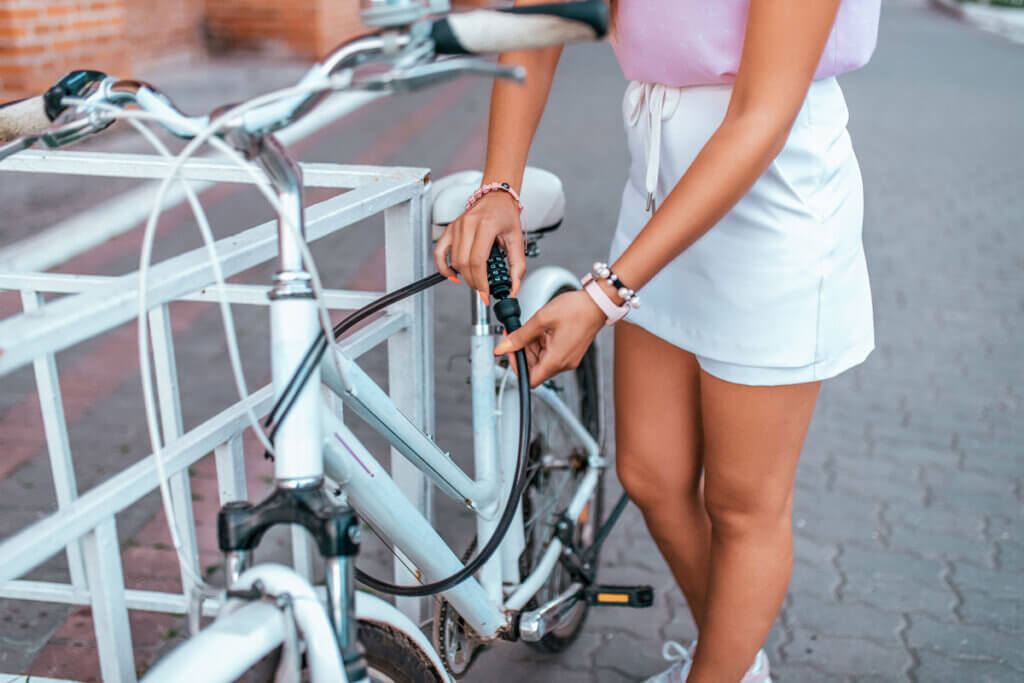
The plus point of cable locks is their convenient handling. With sufficient length, you can easily connect your bike to wider objects such as lampposts. With some models, you can also secure two bikes together. In addition, cable locks are less heavy to transport than heavy U-locks.
Frame lock: Only recommended as a secondary lock
Frame locks are integrated directly into the bicycle frame and are installed on many bikes as basic protection. They are located on the rear wheel, which is blocked by a metal pin between the spokes when locked. Inexpensive models are made of plastic, higher quality ones are made of steel. Frame locks are very convenient because they only need to be closed and not put around the wheel every time. In addition, they are the lightest and cheapest lock variant, but also the most insecure.
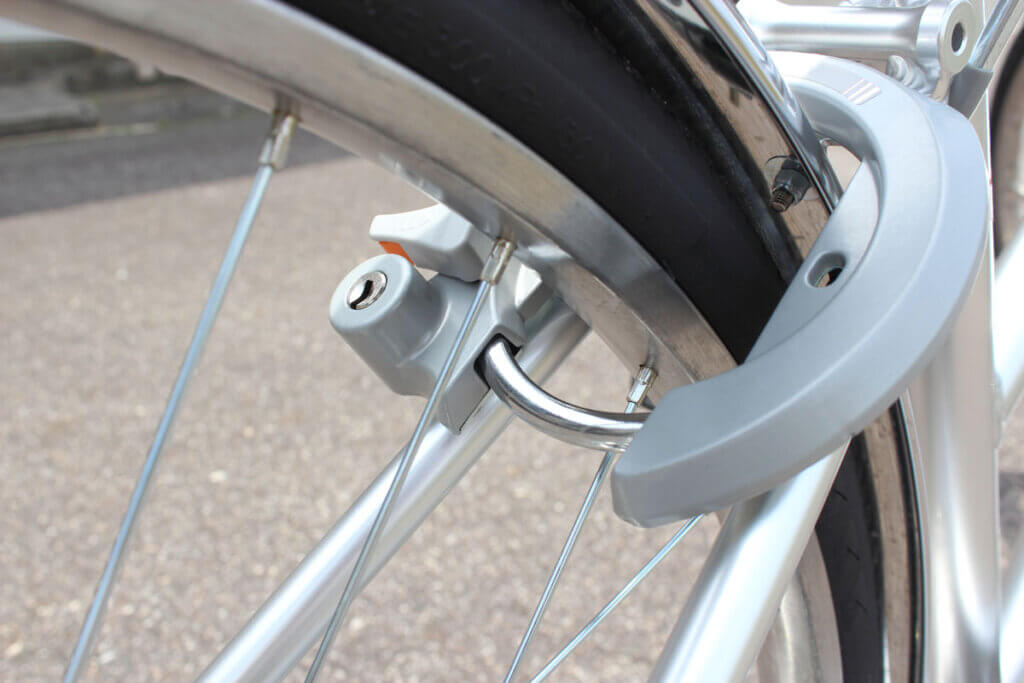
Why is a frame lock not recommended?
Frame locks are not sufficient as the sole anti-theft device. You can’t use them to lock your bike to firmly anchored objects. Instead, locks only block one wheel and are more of an immobilizer. By lifting the secured rear wheel, the bike can be easily pushed away despite the frame lock. In addition, inexpensive models made of plastic are very easy to crack. In some cases, it is sufficient to lift the locked wheel and let it fall to the ground. You should only use the frame lock as the sole safeguard when you park your bike briefly in sight. It is better suited as additional theft protection, for example, to a secure chain lock. For example, the manufacturer Abus offers combinations of frame and chain locks.
The different types of bicycle locks at a glance
The following overview shows the most important features of the different lock types:
| Lock type | U-lock | Chain lock | Folding lock | Cable lock | Frame lock |
|---|---|---|---|---|---|
| Theft protection | Very high | High | High | Low | Very low |
| Flexibility | None | High | Medium | High | None |
| Weight | 1,5–3,0 kg | 0,7–4,5 kg | 0,7–2,0 kg | 0,2–1,0 kg | 0,5–1,0 kg |
| Price | 30–250 € | 15–200 € | 20–150 € | 5–100 € | 10–50 € |
| Example models | Abus Granit Xplus, Trelock BS 450 | Kryptonite New York Chain, Abus Granit Xplus | Abus Bordo Granit XPlus, Trelock FS 460 | Abus Citychain, On-Guard Beast | Abus Amparo, AXA Defender |
What locking options are there?
Regardless of the type of lock, there are various locking mechanisms. The classic is the lock cylinder with a key. According to the ADFC, this is also the safest option. If you don’t want to carry a key with you, a combination lock is a good alternative. Depending on the model, you have to remember a three- to five-digit code to open the lock. Digitalisation does not stop at bicycle locks: instead of a key or code, you can open and close some models via app with your smartphone.
We will look at the advantages and disadvantages of the three locking options below:
Cylinder lock

Cylinder locks, especially models with rotary disc cylinders, are very secure. As long as you have your key with you, the lock can hardly be opened without force. So-called lock picking with special tools is hardly ever used in practice. Furthermore, cylinder locks are easy to lock and unlock with the key. High-quality models have an LED light on the key, which makes it easier to unlock in the dark. However, there is always the risk of misplacing or losing the key. It can also bend or break off in the lock.
Combination lock

The following applies to combination locks: the more digits there are, the more difficult it is to guess the code. A three-digit lock is not recommended, four- and five-digit models are safer. The advantage over the cylinder lock is that there is no key that you can misplace or lose. On the other hand, there is the risk of forgetting the combination code or being spied on when setting the combination. When choosing a combination lock, make sure that you can change the combination.
App bike lock

Electronic bicycle locks that are controlled by smartphone are particularly convenient. You need neither a key nor a combination of numbers. Depending on the model, the lock even closes automatically as soon as you move away from the bike and alerts you via app in case of an attempted break-in. However, you have to charge the battery of the lock regularly. In addition, smart bike locks have the disadvantage that they are even more expensive and less secure than the alternatives. Most of them are frame locks. In addition, the connection between the lock and the smartphone poses a new security risk.
Opening an app lock when the battery is flat?
App locks may be particularly convenient, but the question remains how the lock can be opened when its battery is flat. So far, the smart models do not offer any kind of emergency key. Instead, they warn their owners when the battery is low. If the battery runs out before they can open the lock, users have to supply it with power via a power bank, for example, if they do not want to open it by force.
How do I find the right bicycle lock?
Even within the different types of locks, the models sometimes differ greatly from each other. In addition to the locking mechanism, the material, which also determines the weight, is decisive for the security offered by the lock. Test seals and the manufacturers’ security levels provide orientation. Depending on what you want to connect your bike to, the total length of the lock also plays a role. In addition, some models are equipped with an acoustic alarm.
Material
Bicycle locks made of hardened steel are particularly robust and unyielding. Ideally, the lock is made entirely of this material. This is the case with most U-locks and high-quality folding and chain locks. Especially with heavy chain locks, you should look for a cushioning textile or plastic casing. This protects the paintwork of your bike from scratches when the heavy chain hits it during connection. Cable locks are also usually sheathed. They are made of steel cables that are comparatively easy to cut. In the case of so-called armoured cable locks, a steel casing provides additional protection.
Weight
Hardened steel is not a light material, and the thicker the lock components, the harder they are to cut. A secure lock therefore weighs a lot. Robust chain locks are particularly heavy at up to 4.5 kilograms, closely followed by U-locks at up to 3.0 kilograms. Folding locks are somewhat lighter: Heavy models weigh about 2.0 kilograms. With all three lock types, you should choose a model weighing at least 1.5 kilograms to be on the safe side. If you are looking for a particularly light lock, you will find it in cable and frame locks. Both variants are available with weights of less than 0.5 kilograms. However, such lightweight locks are only suitable as a secondary lock for additional security or for short-term locking within sight.
Test seal
Locks that look robust and secure are not always difficult to pick. Information about the security of the various models is provided by seals from independent testing institutions. Reliable proof of quality includes the ADFC and VdS seals. Locks with these certifications have been tested according to the DIN EN 15496 standard. Depending on the type of lock, the tests include sawing, drilling and pinching with various special tools as well as targeted attacks on the lock cylinder. In addition, the bicycle locks must pass the freezer test in order to receive a seal of quality. In this test, the entire lock is cooled down to minus 20 degrees Celsius and then worked on with a hammer and chisel.
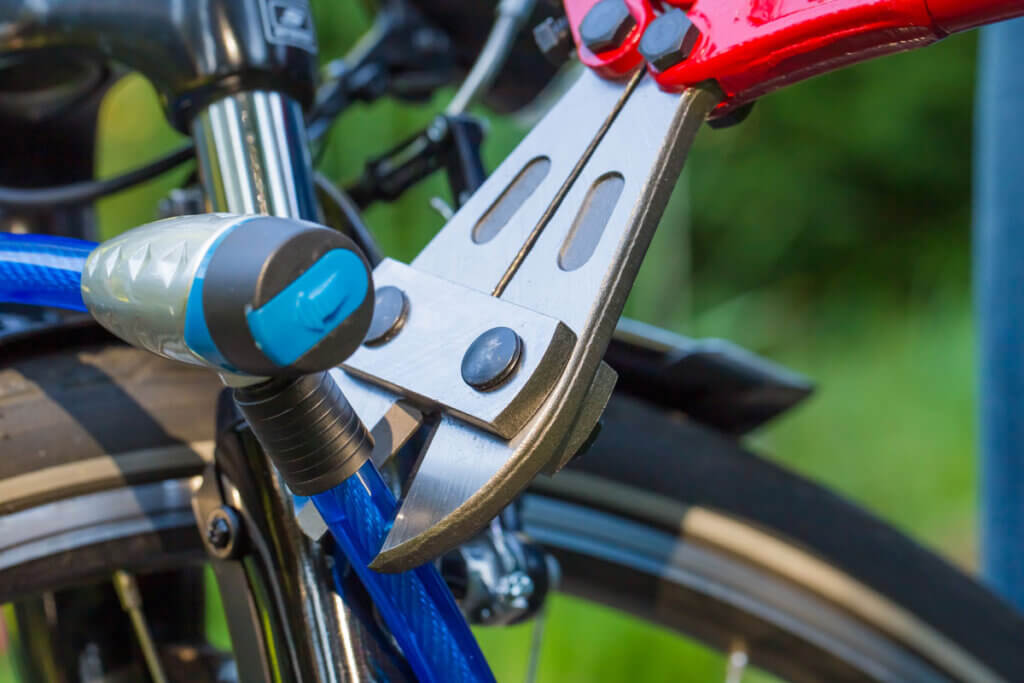
VdS – Trust through security
The VdS seal is issued by the Association of Damage Insurers. It classifies VdS-tested two-wheel locksmiths into classes “A” and “B”. Class A locks are suitable for locking bicycles, class B models for motorbikes. With versions marked with the additional sign “+”, you can easily connect your two-wheeler to firmly anchored objects such as railings. In the VdS test procedure, the locks are tested for their functional safety, reliability, weather resistance and handling.
ADFC – German Bicycle Club
The ADFC is committed to a traffic turnaround in Germany and well-developed cycling networks. It not only provides information about bicycle locks on its website, but also awards the “ADFC-recommended quality” seal of approval. To receive this, the locks must withstand a laboratory test and a practical test. In addition, the ADFC evaluates the manageability. The ADFC insurance partner Pergande und Pöthe provides a list of bicycle locks tested and approved by the ADFC. This list includes U-locks, folding locks, chain locks and cable locks from the manufacturers Abus, Trelock, Kryptonite and AXA Stenmann.
Security class
In addition to seals of approval from independent test institutes, various security classes from some suppliers provide information about the theft protection of a bicycle lock. It should be noted that the manufacturers set their own security levels. They are therefore suitable for comparing locks from the same manufacturer, but not models from different companies. Abus and AXA, for example, divide their locks into 15 security levels, while Kryptonite has ten and Trelock only six.
Handling and dimensions
The longer a lock is, the easier it is to lock your bike to fixed objects. However, more length also means more attack surface and a higher weight. Cable locks with lengths of up to two metres offer the greatest range. This makes them ideal for locking several bikes together. With the heavier chain and folding locks, manufacturers pay more attention to weight reduction, which is why the range is usually limited to 0.7 to 1.0 metres. U-locks have the lowest range of 0.2 to 0.5 metres. They are poorly suited for locking several bicycles together and only to a limited extent for connecting to objects. The frame lock, which only serves as an immobiliser, has no range at all.
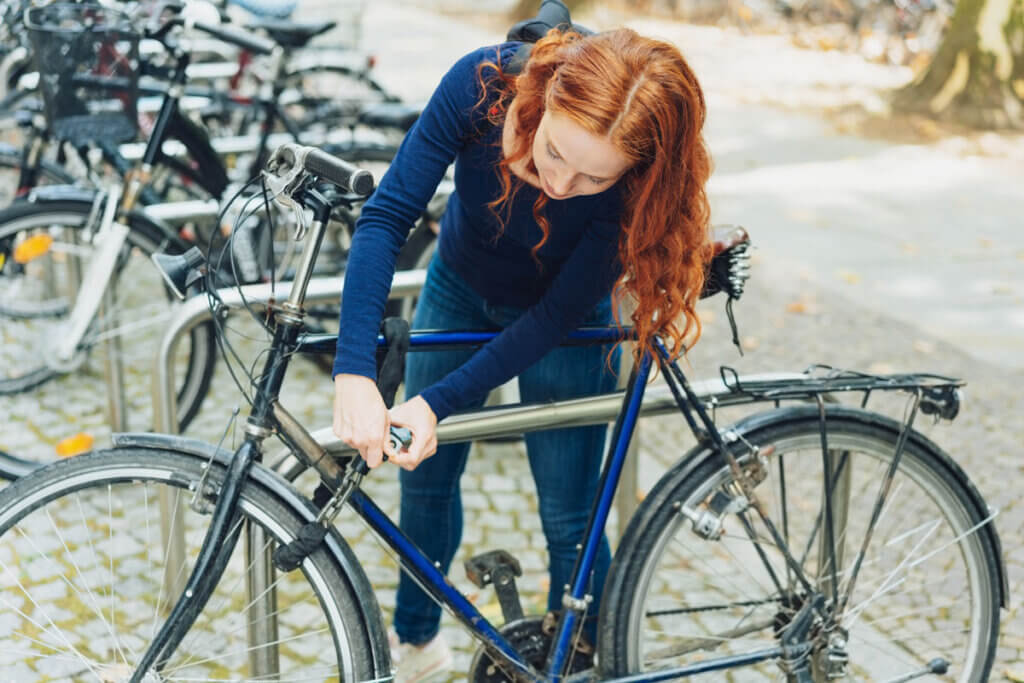
Acoustic alarm
Smart bicycle locks that can be connected to a smartphone via Bluetooth are usually equipped with an alarm function. However, there are now also cylinder and combination locks with this additional feature, such as the folding lock Abus Bordo Alarm 6000 A. Bicycle locks with an acoustic alarm are usually battery-operated and arm themselves automatically when the lock is closed. If someone tries to tamper with the lock, a loud signal sounds to deter thieves and attract the attention of passers-by.
How much does a secure bicycle lock cost?
Inexpensive frame and cable locks are already available for prices below ten euros. However, the ADFC advises against buying a bargain lock because high-quality materials and secure lock cylinders are expensive. The prices of good folding, U-locks and chain locks start at around 50 euros. This is also the minimum value that many bicycle insurance companies set as a prerequisite for covering a bicycle theft. TÜV Süd recommends looking at the price of the bicycle when buying a bicycle lock: Consumers should plan five to ten percent of the bike price for the lock purchase. However, this rule of thumb can hardly be implemented for very high-priced bicycles. For such models, it is advisable to secure them with another type of lock.
Security classes of different manufacturers
The best-known bicycle lock manufacturers include Abus, AXA, Kryptonite and Trelock. They divide their bicycle locks into specially defined security classes.
Abus – 15 security levels
Abus divides its bicycle locks into 15 security classes according to cylinder technology, shackle or chain strength and ease of use:
| Level | 1–4 | 5–9 | 10–15 |
|---|---|---|---|
| Theft protection | Basic | Increased | Maximum |
| Recommended theft risk | Low | Low to medium | High |
| Recommended bike value | Low | Medium | High |
| Example model | Abus RACER 660 SHADOW | Abus Ugrip Bordo 570/80C | Abus Bordo Granit XPlus 6500/85 |
AXA – 15 security levels
As with Abus, AXA offers 15 security levels for bicycle locks and even 25 for motorbikes. The security classes here are called “Safety Index” and evaluate the break-in security.
| Safety Index | 1–6 | 7–9 | 10–15 |
|---|---|---|---|
| Theft protection | Basic security | Medium security | High security |
| Recommended use | For low theft risk | As a secondary lock | For expensive bicycles |
| Example model | AXA Newton cable lock | AXA Toucan folding lock | AXA Linq Chain lock |
Kryptonite – 10 security levels
At Kryptonite, bike locks come in ten security levels, with a 1 being a deterrent and a 10 being the ultimate security level:
| Security level | 1–3 | 4–6 | 7–8 | 9–10 |
|---|---|---|---|---|
| Theft protection | Low | Low to medium | Medium to high | High |
| Suitable parking location | Rural area | Inner city | All day | Urban area |
| Suitable connection time | Short | Short | Ganztägig | Overnight |
| Example model | Kryptonite Kryptoflex 1265 cable lock | Kryptonite Keeper 510 folding lock | Kryptonite Evolution Serie 4 Standard | Kryptonite New York Lock Standard |
Trelock – 6 security levels
The manufacturer Trelock divides its bicycle locks into “security levels” 1 to 6. While models with level 1 are only suitable as additional security for short stops, locks with level 6 also offer reliable theft protection at night.
| Security Level | 1–2 | 3–4 | 5–6 |
|---|---|---|---|
| Theft protection | Basic security | Medium security | High security |
| Recommended use | Additional security | Additional and main security | Additional and main security |
| Recommended parking duration | Short stops | Daytime | Daytime and nighttime |
| Recommended bicycle value | Medium price | Medium to high price | High price |
| Example model | AXA Newton cable lock | AXA Toucan folding lock | AXA Linq chain lock |
Further test reports
Attention: This is a comparison. We have not tested the bicycle locks ourselves.
The consumer organisation Stiftung Warentest last published a bicycle lock test in May 2019. The testers put a total of 20 locks through their paces, including eight U-locks, seven folding locks and five chain locks. The prices of the tested locks ranged from 35 to 130 euros. The testers used the following four test criteria:
- Break-open security (70 per cent of the overall rating)
- Handling (20 percent of the overall rating)
- Durability (5 per cent of the overall rating)
- Harmful substances (5 per cent of the overall rating)
Among other things, an expert and two experienced testers each tried for three minutes to pick the locks with various tools such as saws and bolt cutters. For the durability test, the bicycle locks spent 96 hours in a salt spray chamber. The test results are mixed: only five of the 20 locks in the test achieved a rating of “Good”, ten received a “Satisfactory”, one a “Sufficient” and the remaining four a “Poor”. However, the Stiftung Warentest test also shows that there are good models among all three types of lock tested. The test winners among the U-locks were the Abus Granit XPlus (grade 1.6) and the low-priced Decathlon B’Twin 940 (grade 2.0). Both were convincing with their security, but at 1.5 and 2.0 kilograms respectively, they are comparatively heavy and unwieldy. The Abus U-lock also scored with its good mounting. The only secure folding lock in the test and thus the test winner was the Abus Bordo Granit XPlus with an overall score of 1.9. Among the chain locks, Stiftung Warentest recommends the Abus Citychain and the Kryptonite Kryptolock 990, both of which received an overall score of 2.0. The annoying thing about all the chain locks in the test is that they do not come with a bracket for convenient attachment to the bike.
The Contec Powerloc U-lock, the Luma Carpenter folding lock and the XLC Dr. Mabuse and Abus Tresor chain locks received a “poor” rating. In the Contex Powerloc and XLC Dr. Mabuse models, the testers found heavy contamination with the potentially carcinogenic chemical naphthalene. The Luma Carpenter and the Abus Tresor only withstood the testers’ attempts to break them open for a few seconds.


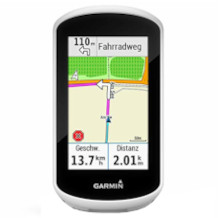


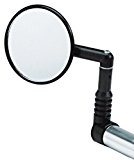




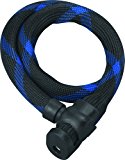
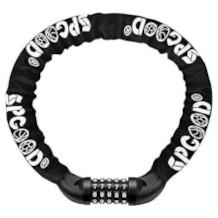

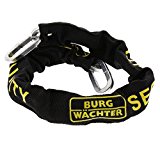
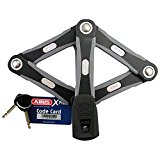
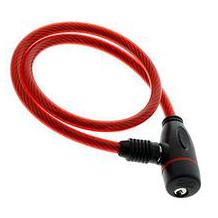
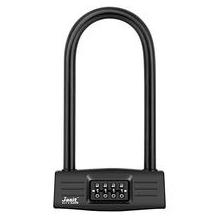
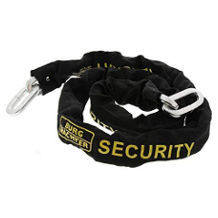
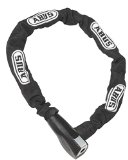
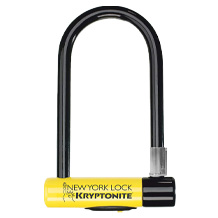
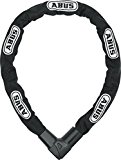


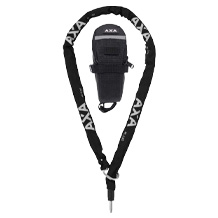
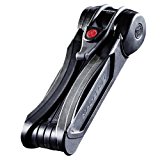
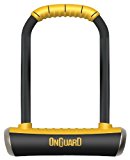

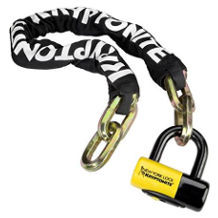

 2,875 reviews
2,875 reviews





